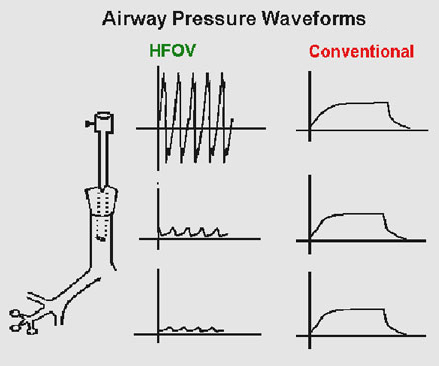


However, there are still major barriers preventing a ventilator from becoming a fully reactive machine even though most modern ventilators have networking, data mining, and computation capabilities. Some recent AI applications in mechanical ventilation include data acquisition, weaning management, predicting the need for ventilation support, and optimizing ventilation settings. Because of the large amount of information that mechanical ventilation can collect and the expertise it requires in decision making, it should be a strong candidate for AI application. The application of Artificial Intelligence (AI) has gained a huge amount of interest in healthcare due to technological advancements in machine learning and data science. The ventilator is still evolving, and some researchers have given insight into what future ventilators will look like. These have more ventilation modes, expanded applications, and can provide patients with more accurate and desired ventilation. During the past decades, improvements in our understanding of respiratory physiology and pathology, as well as various technological advancements, have allowed the development of ventilators that are more sophisticated and versatile.

Mechanical ventilation, the most common ventilatory support, is widely used for treating respiratory failure or deficiency. Ventilation support is a clinical intervention used to sustain respiration in patients who are unable to breathe on their own or find it difficult to do so.


 0 kommentar(er)
0 kommentar(er)
